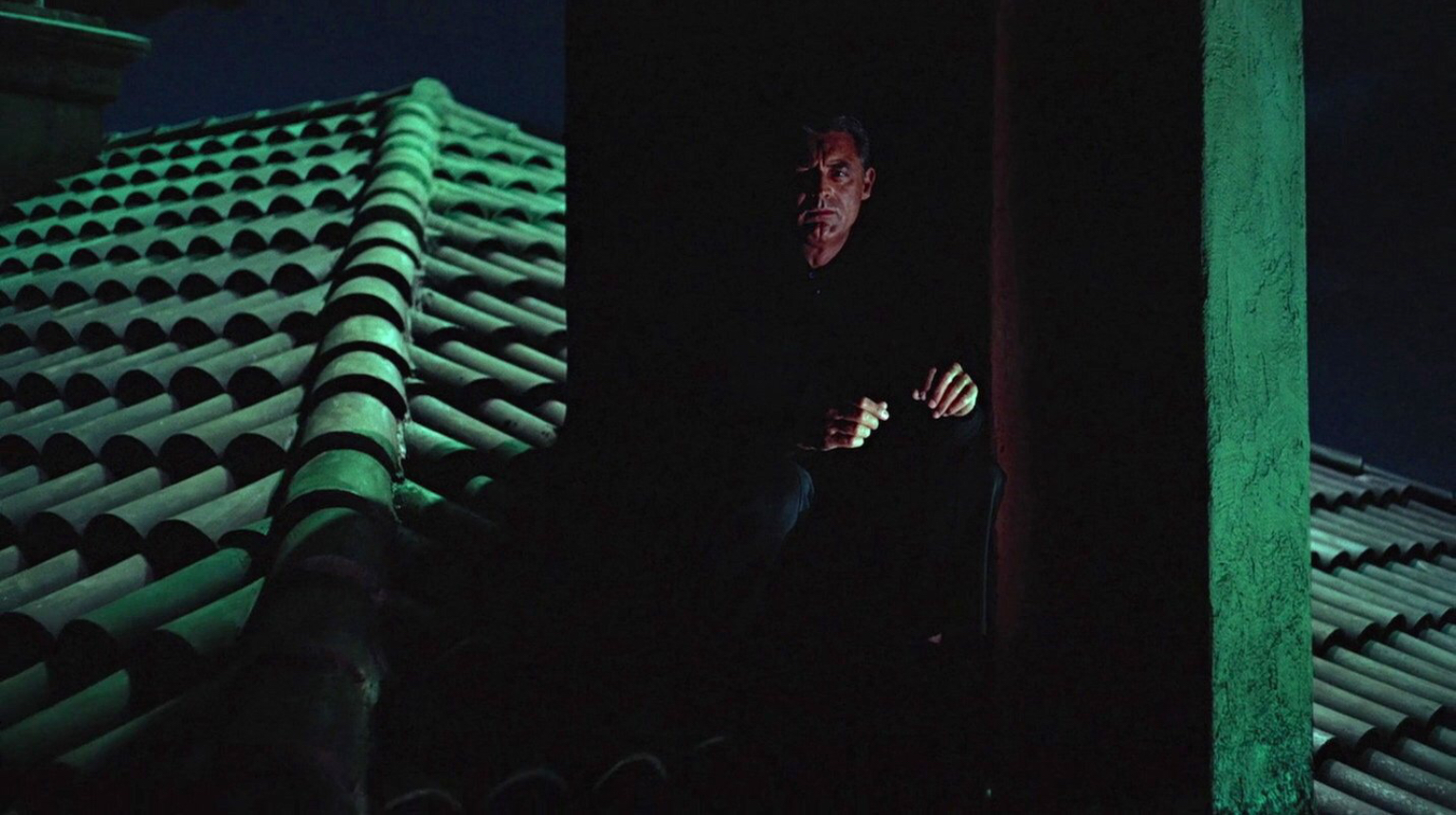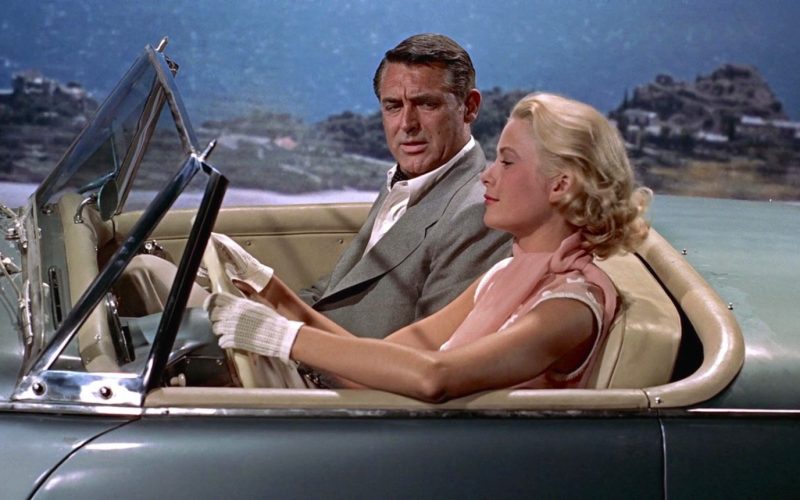Alfred Hitchcock’s To Catch A Thief (1955).
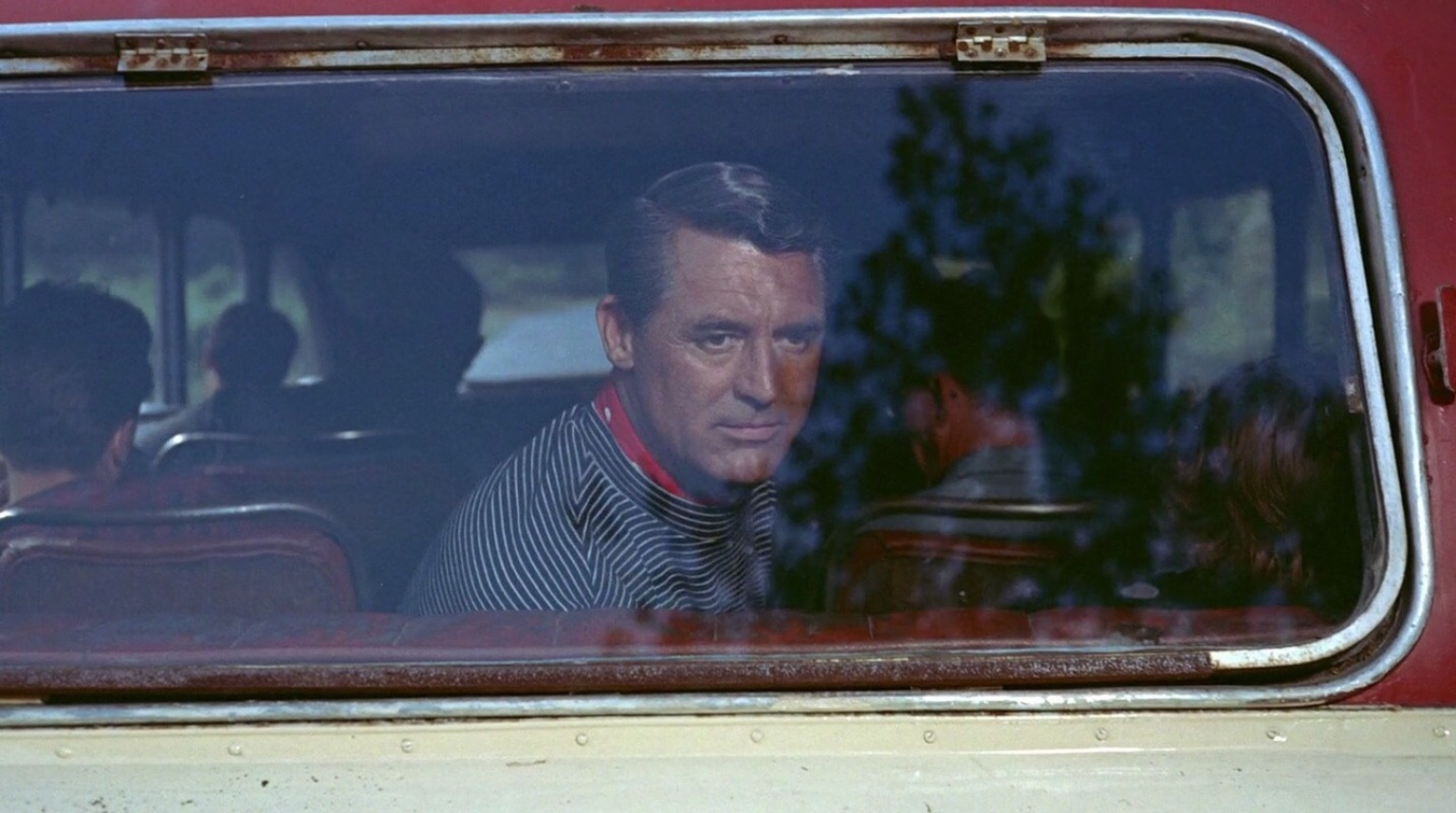
Alfred Hitchcock’s 1955 film To Catch A Thief stars Cary Grant and Grace Kelly, two actors who were arguably the biggest male and female stars of their era, Kelly often being described as The Most Beautiful Woman in The World and I certainly wouldn’t argue with that. This star coupling with The Master Of Suspense himself directing and filmed on the French Riviera had all the right ingredients. The film is still beloved and considered a classic by many. But does it still hold up and how does it compare with some of Hitchcock’s other classics of the same era?
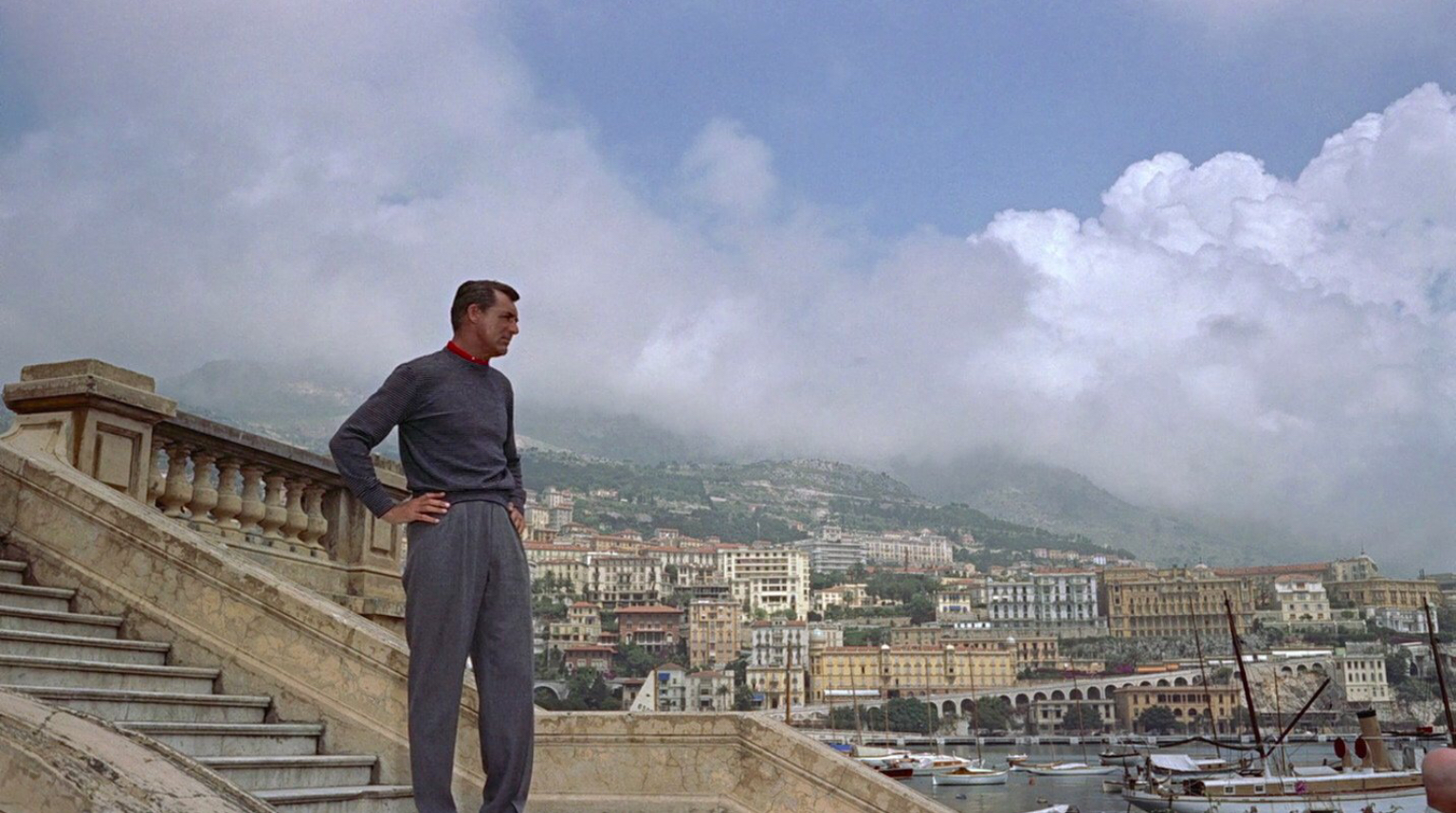
To Catch A Thief’s somewhat straightforward plot (for a Hitchcock film at least) revolves around “retired” jewel thief John Robie. Robie was a resistance hero in the Second World War and helped liberate occupied France notching up 72 kills. This heroism went some ways to keeping him out of jail for the rest of his life when it transpired that he was also the most adept and capable cat burglar in France following his capture by the French authorities. Since his parole he’s lived a life of luxury in a stunning Alpes-Maritimes villa.
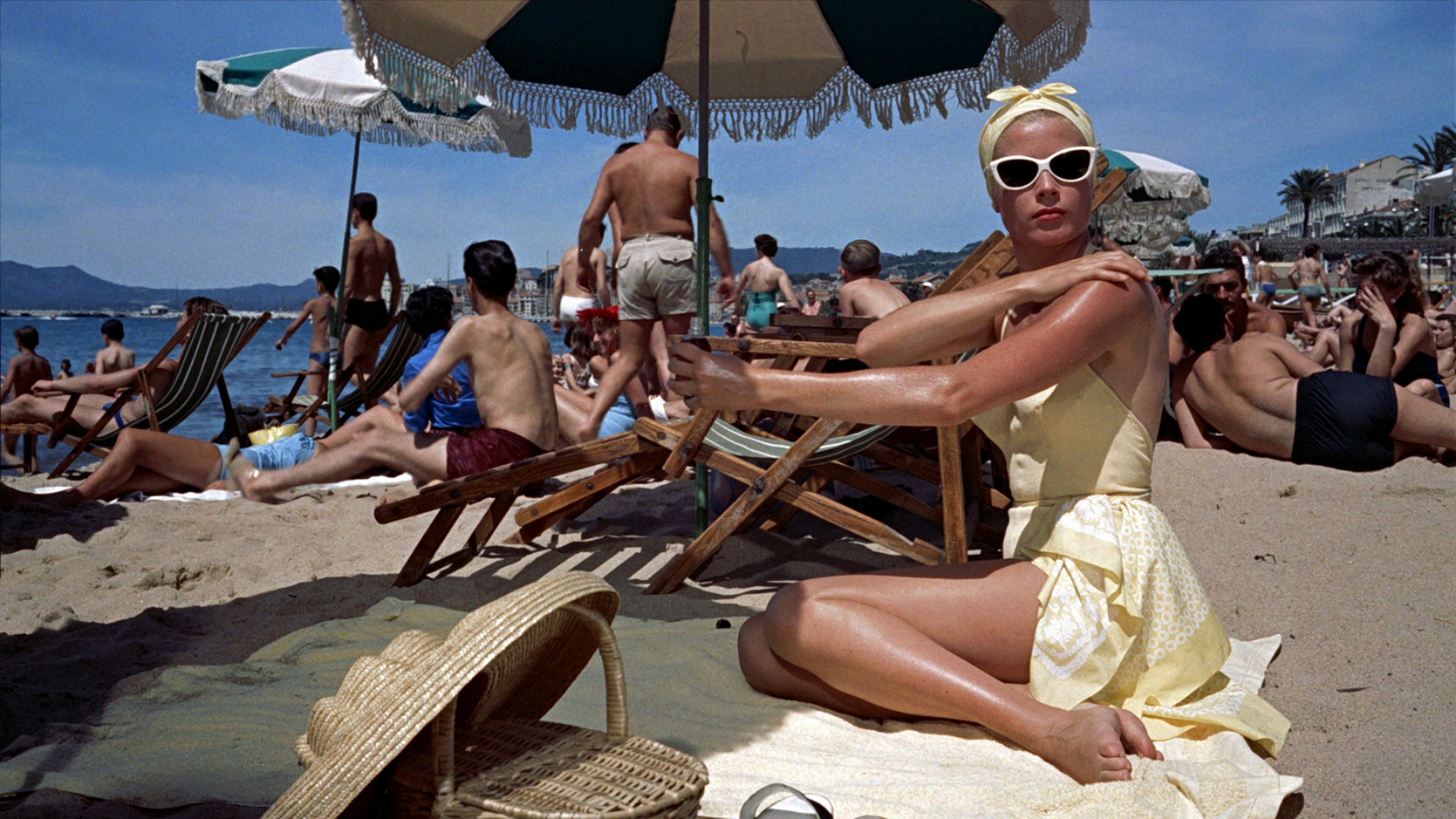
A spate of high value jewellery thefts in the region brings upon Robie the unwanted attention of the police to whom he is the most likely suspect. When they come to his villa to bring him in for questioning he escapes and a car chase through the foothills of the Alpes-Maritimes ensues, stunning helicopter shots capturing the action. It’s here and throughout the film that we are treated to some of the most beautiful cinematography ever seen in a film of this kind.
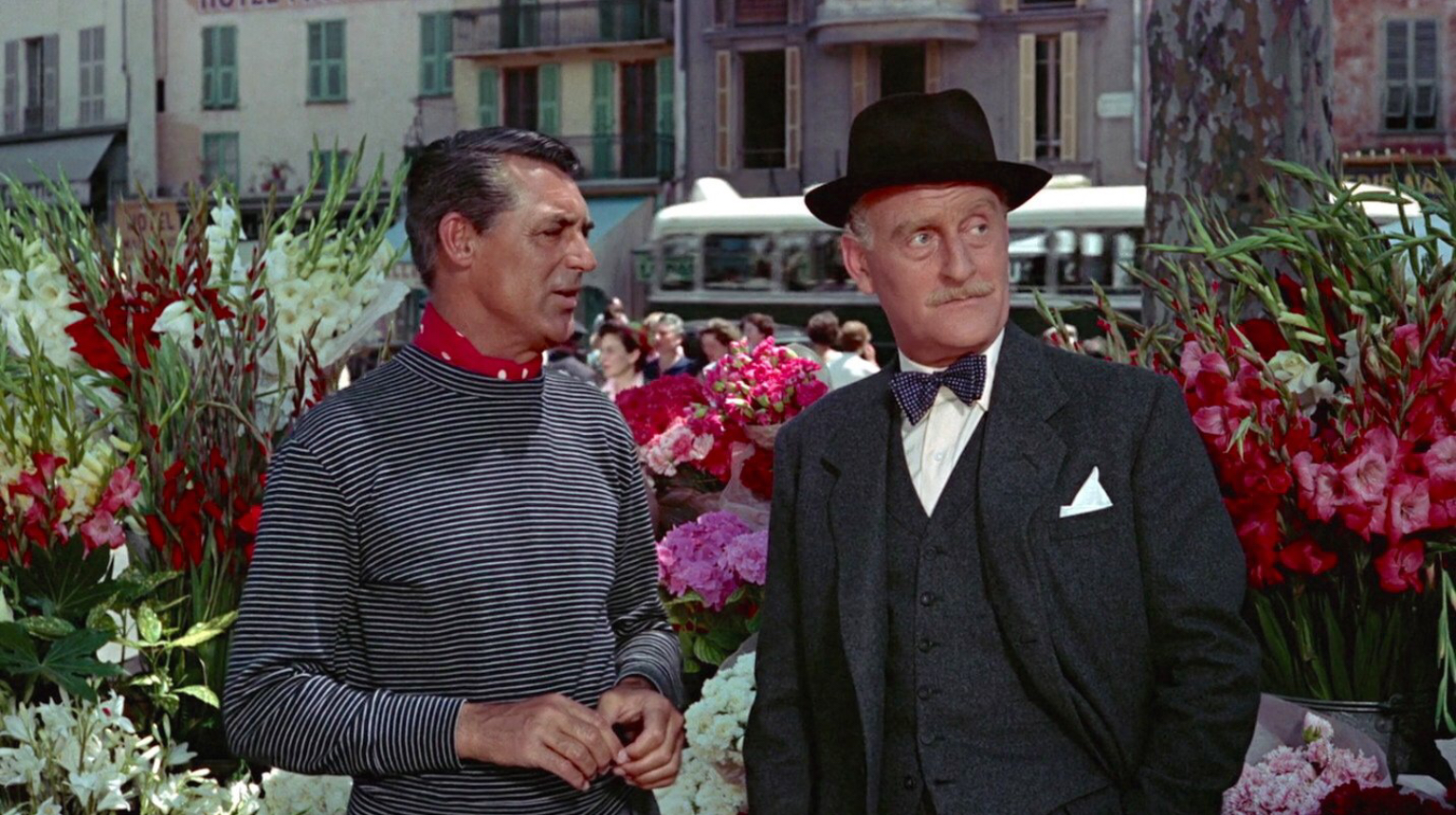
It’s the film’s achingly beautiful scenery that for me was its strongest asset. Shot in stunning, vibrantly colourful Vista-Vision by cinematographer Robert Burks, To Catch A Thief is certainly one of the most sumptuous looking films of the 1950’s. The location itself is a great part of this, being one of the most beautiful places in the world and coupled with the period buildings, fashions, cars and all things 1950’s this film really is a visually sumptuous time capsule.
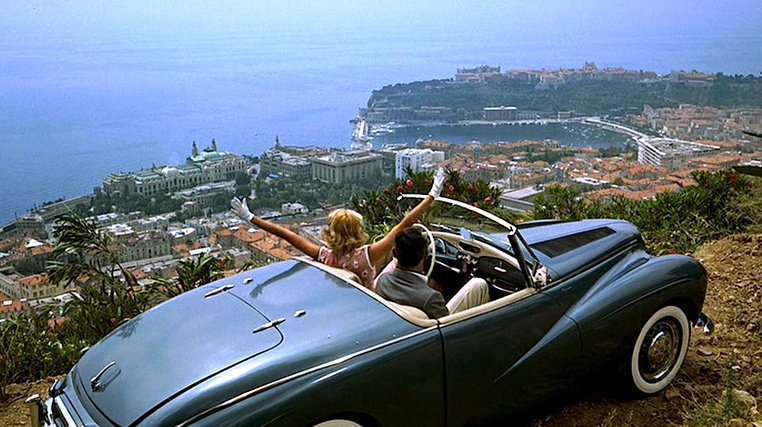
Hitchcock and Burks take every opportunity to capture the gorgeous scenery with each day scene having blue skies and perfect clouds whilst the nights are awash with city lights and fireworks. The colour palate on show here never leaves the eyes wandering and when you throw Grace Kelly as Frances Stevens, the daughter of a rich socialite into the mix, this is pure eye candy of the very best kind.

At this juncture I’d usually go a little more in depth and offer some analysis of the intricacies of the plot but having read a little about the film before I first saw it I felt that the film itself left few surprises and was alarmingly straightforward and predictable, something one seldom says of an Alfred Hitchcock film. Considering Robie is a cat burglar, we never actually see him doing any burgling nor do we see him making any real attempts to capture the real thief that’s now taken his place save for the all too brief finale.
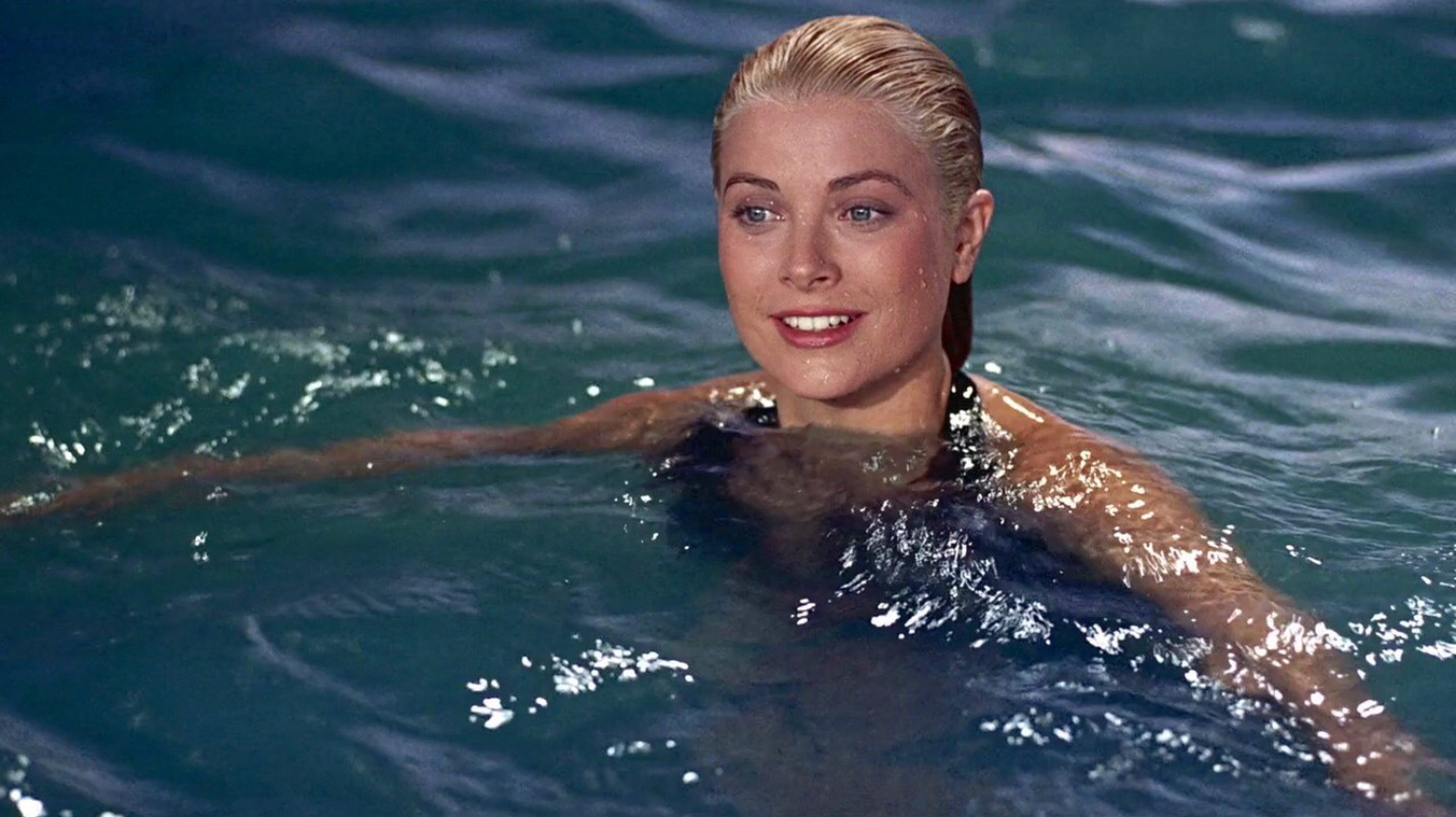
The majority of the film consists of scenes of dialogue between Grant, Kelly and the small supporting cast. This would be fine if the script had any of the depth, allure and snappy dialogue of Hitchcock’s better works but the whole affair seems rather flat and lifeless. What remains for me doesn’t qualify in any way as a thriller, not that it’s really aiming to be one despite the early promise of thrills and intrigue. It’s more of a light hearted romantic tale with only a slight bit of intrigue thrown in, and I mean slight.
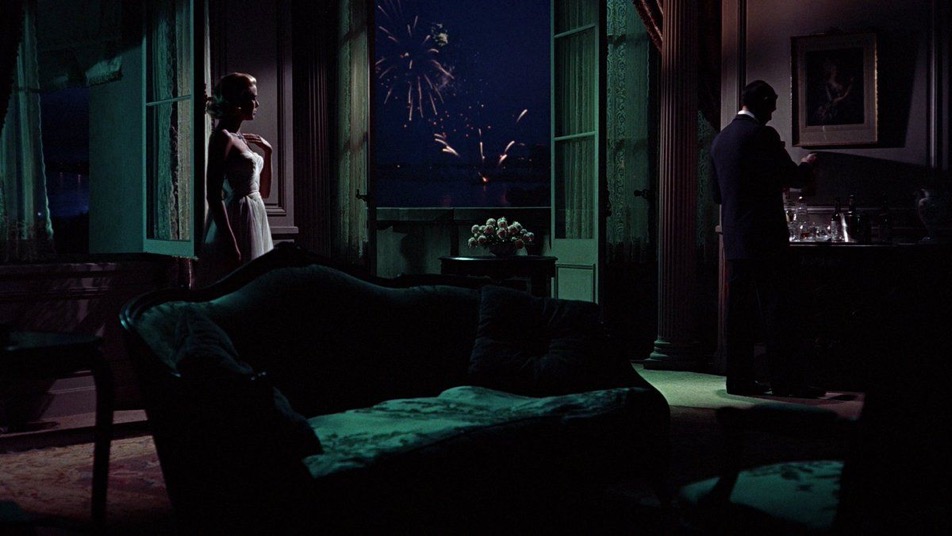
The first hour lags and only moves into second gear when Frances plays her hand and tells Robie that she knows his true identity. For those expecting the same playfulness and charm as similar vehicles such as Stanley Donen’s 1963 Cary Grant and Audrey Hepburn caper Charade, they may find To Catch A Thief somewhat lacking. It takes its time to get going but never delivers on the thrills and tension it seems to promise will come later on and the final reveal as to the true thief neither surprises nor satisfies.
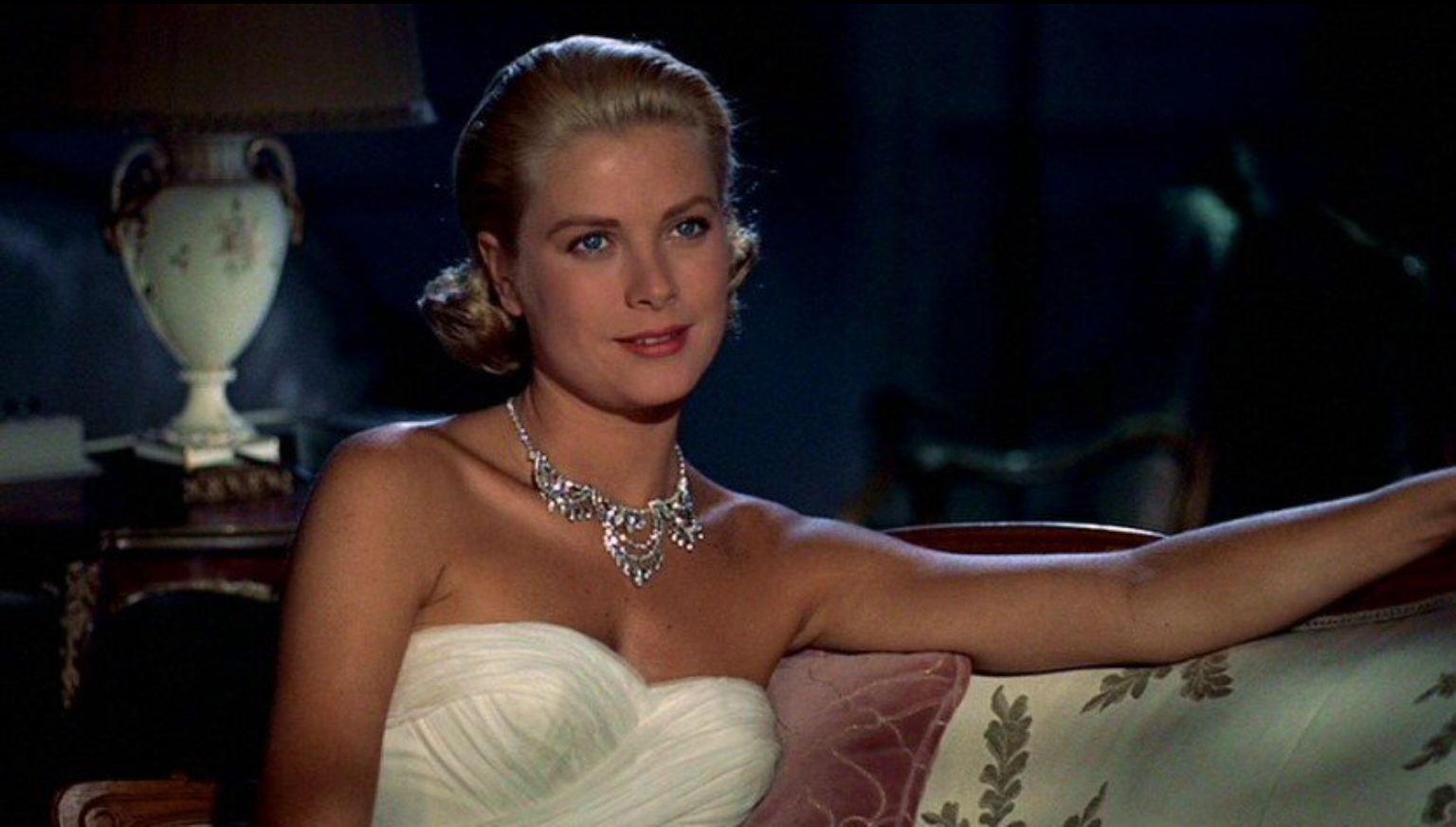
To Catch A Thief may have such a strong following due to fan devotion of its two stars and Grant and Kelly are both fine here but never anything more and given the aforementioned ingredients, the final film seems a little flat and unsatisfying. Sumptuous visuals aside I was left wanting. Cary Grant would star in one more Hitchcock film, 1959’s North By Northwest and for those looking for an example of both Hitchcock and Grant’s best work that film is as good an example as any. To Catch A Thief is by no means a bad film, far from it. It has charm and is truly pleasing on the eyes, just don’t expect to be riveted or surprised in the way that Hitchcock’s better films, both before and after, seemed to do so effortlessly.
Film ‘89 Verdict – 7/10
